Liis Kalda
How did you become a hat lover?
When I was little, my mom used to sew hats for me and my sister - berets, bucket hats, one that looked like a riding helmet. After that, I didn't wear them for a long time. Instead, I loved to wear crazy outfits and felt like a hat would've taken it too far. Once I started getting interested in hats again, the only ones available were the fast fashion ones. They were all in one size and never fit right, but I got them anyway. The interest deepened when I was studying set and costume design at the Estonian Academy of Arts, and we had to do a research paper in our costume history course. The idea was to choose an era and write a general overview of it. I found the brief too broad and wanted to select a particular item of clothing for investigation - so I chose the evolution of the cowboy hat. I also found a Hamley Catalog from 1942 in the library, which had all these different Stetson hats in it, and it opened up a whole new world for me. However, it wasn't until years later that I started making hats myself, during a wonderful MA millinery course taught by Eia Radosavljevic at the fashion department.
Describe your creative process, from start to finish. Any challenges along the way?
A few different themes are living in my head at once. I have folders of collected inspirational images for each of them, so when I get overwhelmed with ideas, I make myself choose one and go from there.
In the beginning, I made all my own hat blocks because I couldn't afford to buy real ones. I now have a few vintage blocks as well, but I rarely make a hat precisely the way the block is. Instead, I try to modify it by adding different elements and details.
The material also dictates a lot of my creative decisions. I'm currently working with a mix of new and re-purposed rabbit felts and fabrics, but I'm hoping to move towards upcycling more and more materials over time. I love finding old worn-out hats and giving them a new appearance - I don't touch the really nice ones, though, in case someone might still want to wear them. But there are definitely challenges with using vintage material, like how do you deal with moth holes and what you do when a felt is simply too small or fragile? Each felt has its own character, but that's what also makes it exciting. I like the quality that vintage felts have to them - they're softer, the hues are deeper, and the signs of wear that signify their past lives make them unique.
When it comes to blocking the hat on the mould, I get completely absorbed by the activity. I can spend hours getting all the little details into the felt while listening to podcasts or music. It's a meditative process. Same for the cleaning and finishing part. I do it all by hand because I enjoy it, but I also believe it doesn't damage the felt as much as machine stitching the ribbon in (a continuous row of needle holes makes it harder to re-block). I like the idea that my hats will also be re-purposed to the wearers' evolving tastes one day.
You're based in Tallinn, Estonia, a historic old town known for its wonderfully preserved medieval architecture. What is the creative scene like, and how has living in Tallinn influenced your craft?
The historic essence comes out more in the local crafts scene, but as for design, it's pretty modern and minimalistic. I suppose there's a bit of both in the hats I make. I love the old town (and that tends to be the case with many historic cities) because it appears lovely on the street level when you walk around it. Still, if you take a moment to look up at the cornices and rosettes or the little patterning carved into staircases, that's where you really start to see the beauty of the past. The hidden details begin to reveal themselves after a while.
What project has made you the proudest?
I think the proudest moment was when I finished my first light blue beret that has a cloud-like or a multifoil shape on top. I was so impressed with the felt's ability to take such intricate forms and that I could use old hats, no one seemed to want anymore and make something beautiful out of it.
The other one was winning the VIRUxEKA Young Design Export Program award, where we went through the steps of building a vision and identity for our brand and presenting it to an international panel of business angels, fashion buyers, and sustainable design experts. So I did not expect it when they called out my name and offered to host a pop-up shop for the finalists at Viru Keskus (the best-known department store in the country).
You experiment a lot with colors, textures, and shapes, sculpting unique crowns and shapes on the hats itself. Where do you get your inspiration from?
I've always been very detail-oriented and drawn to patterned and decorative textiles and objects - the more maximalist, the better. I even used to make print designs for a little while. As I've gotten older, my aesthetic has become more muted in color and occasionally more refined. However, the appreciation for details that add visual interest to a piece is still there. This is why I'm constantly looking at images from museum collections and auction catalogs - antique accessories and clothing, furniture, tapestries, embroidery, etchings, and old technical drawings of buildings; paintings for color inspiration - it's extraordinary what human hands are capable of creating.
Tell us about your favorite hat.
It's impossible to pick just one. But if I had to choose a favorite decade for hats, I'd say the 1910s. There was just so much variety in shapes and sizes, something for every mood and occasion. I equally adore the big dramatic hats as well as the plainer versions with proportions that are just right. They're a mix of witchy, fun, and mysterious but also more utilitarian than headwear from previous eras.
How has social media influenced your business journey?
When I made these first slightly bizarre-looking hats, I had no idea if they were something other people would even find attractive. But I posted them on Instagram, and luckily they did, and I got a big boost of motivation to go back and make more. The support I've received on social media is truly invaluable. I've connected with so many people on Instagram thanks to the hats, which never would've happened otherwise as I'm quite shy and introverted in real life. It also helped me reach international customers early on as more people started shopping online during the multiple lockdowns.
What projects are you currently working on?
I'm in the process of building my webshop, which should launch very soon, so keep an eye out for that!


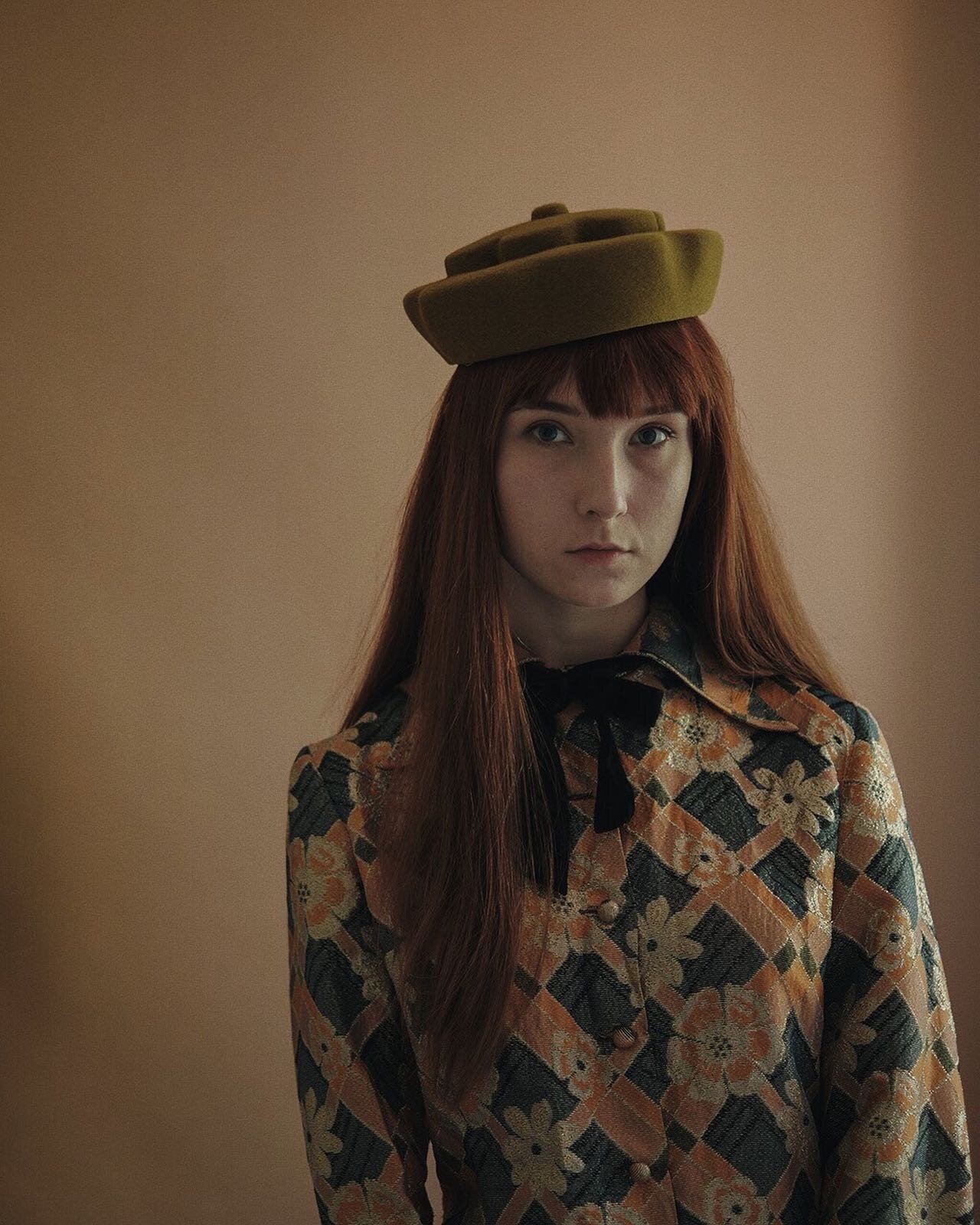
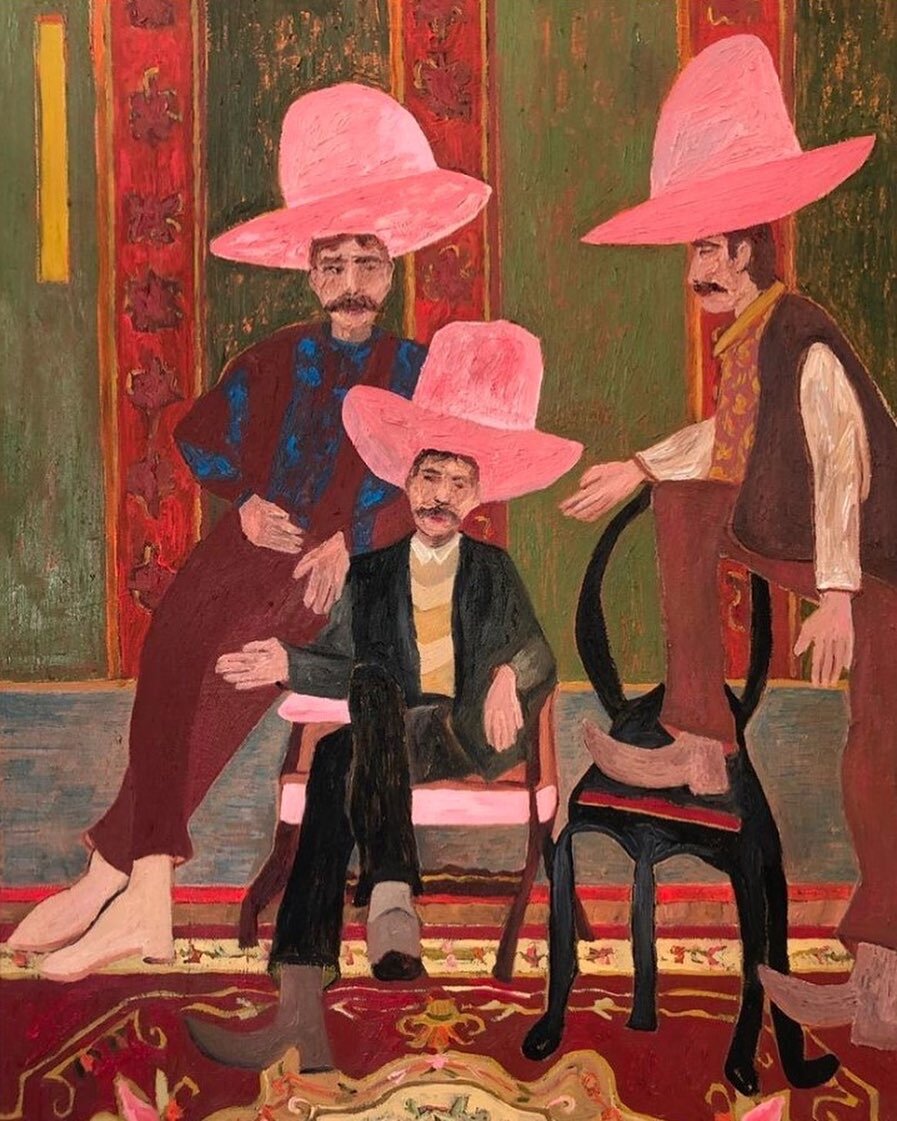

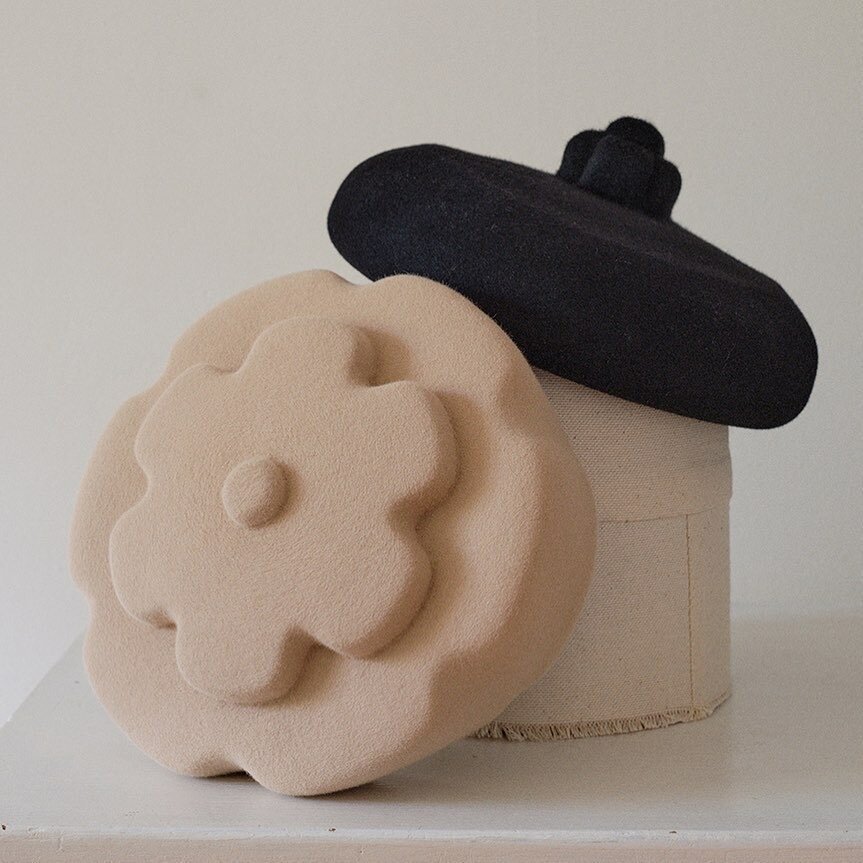

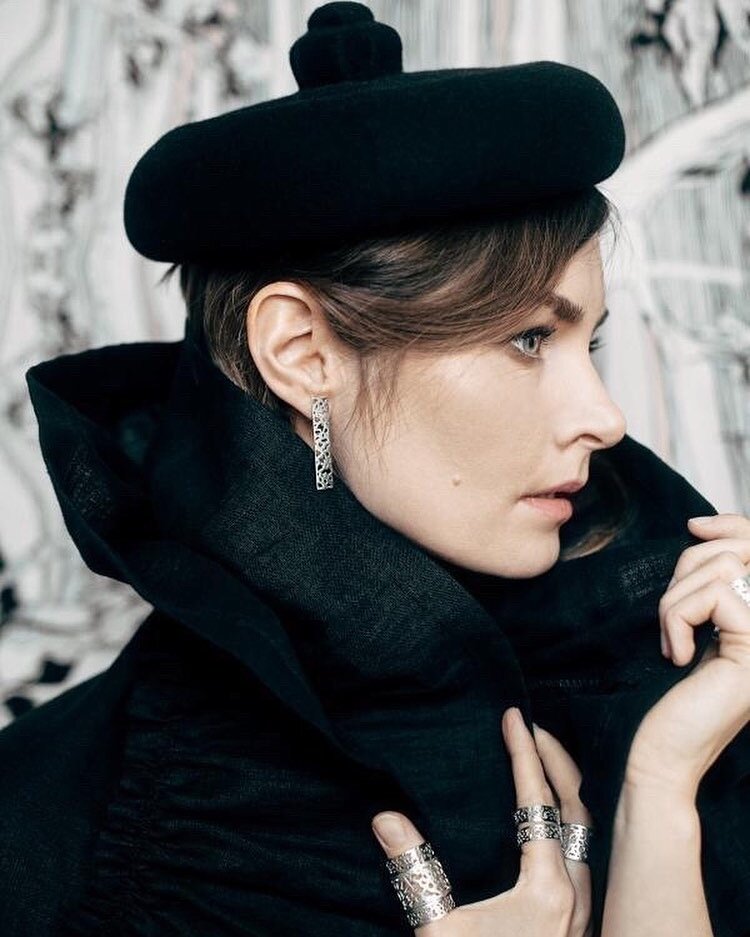
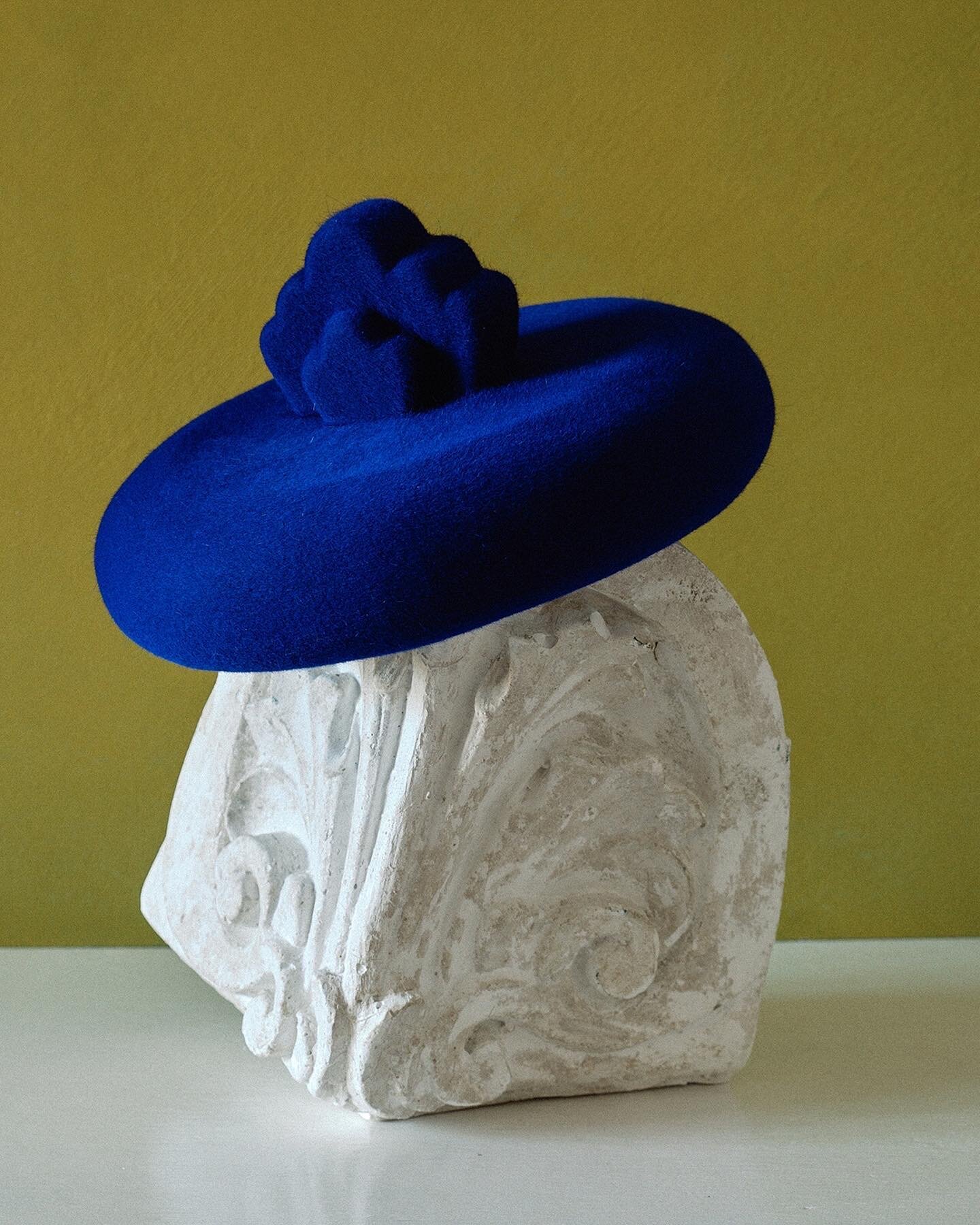
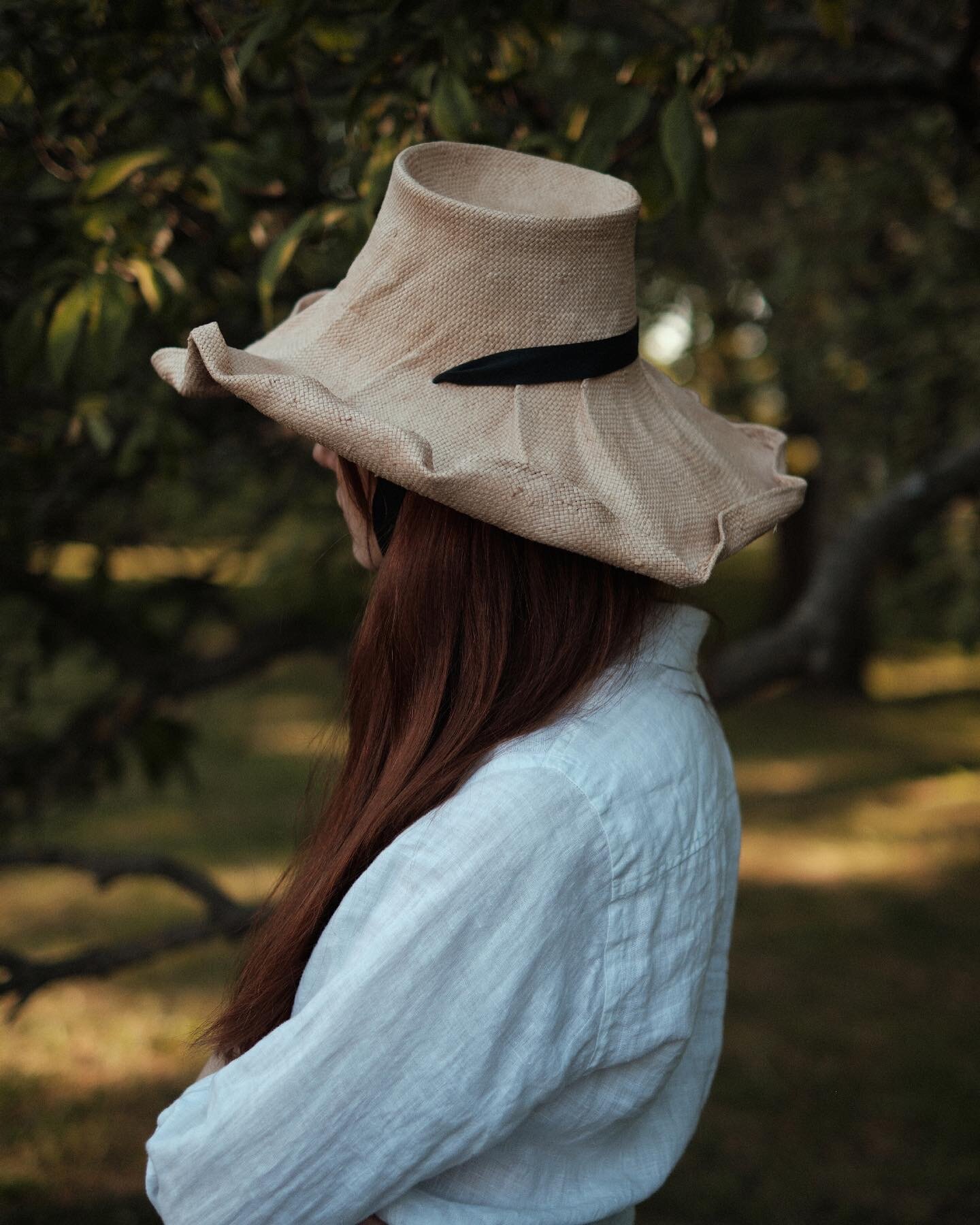
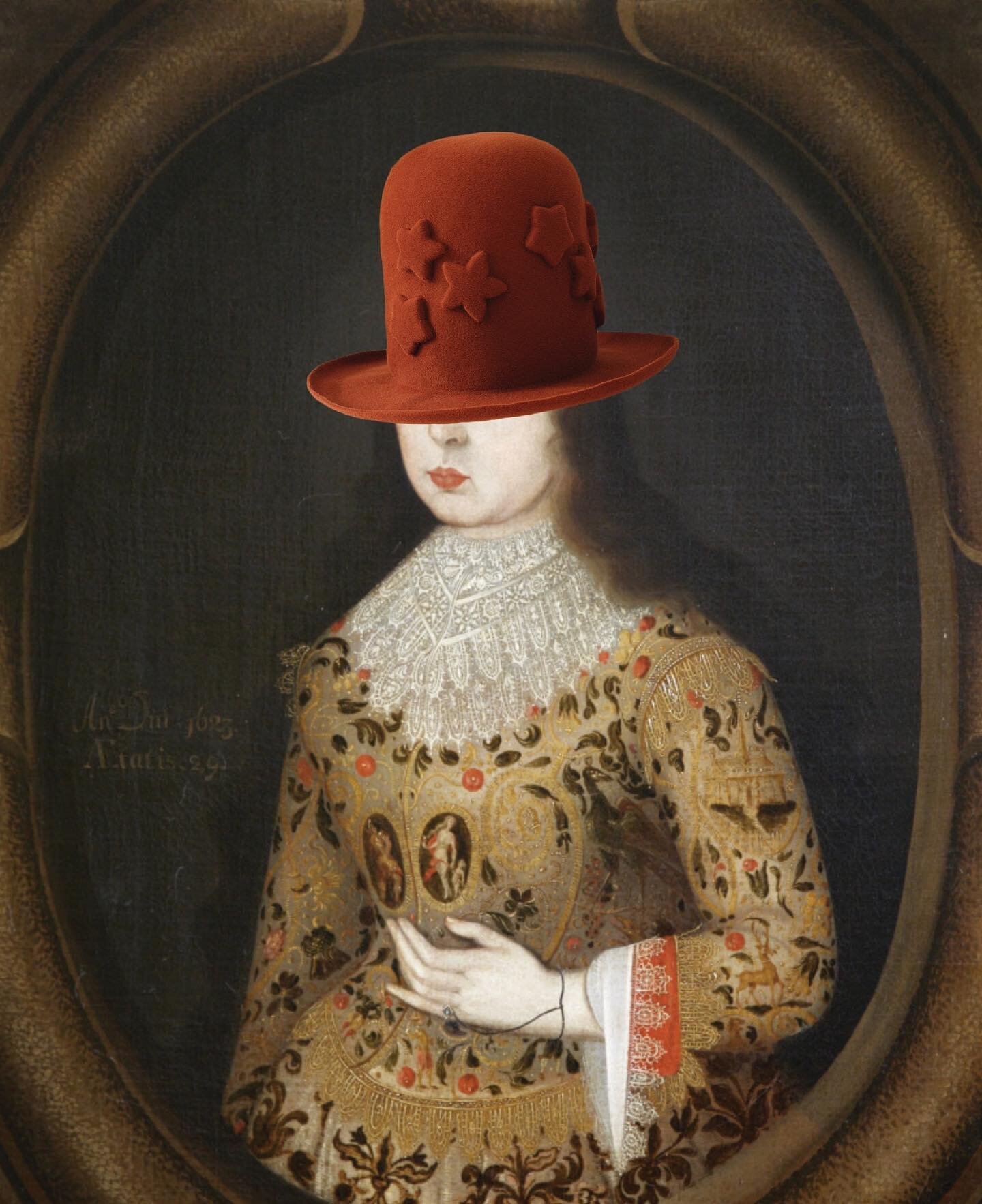
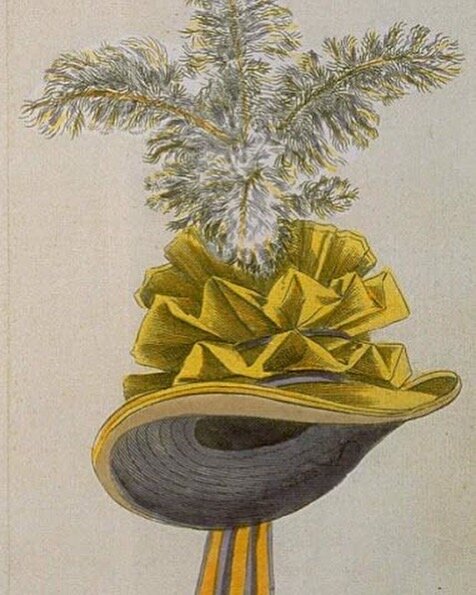
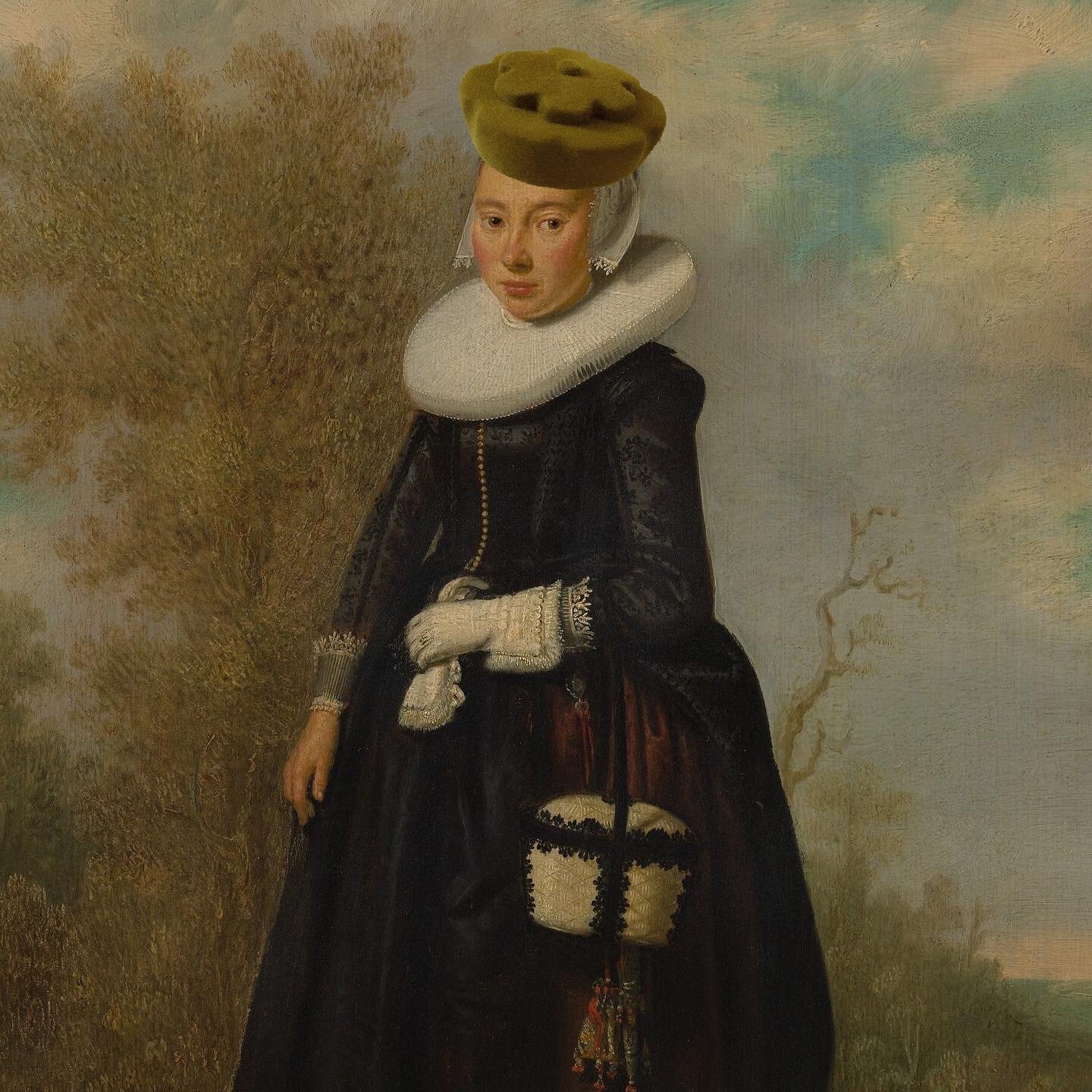



The story behind the birth of Kangol and the creation of the iconic cap.